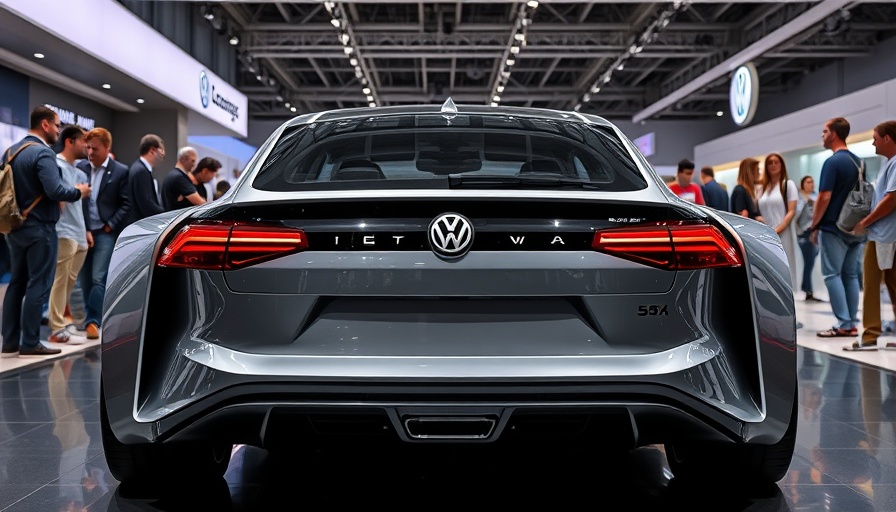
Transforming Solar Energy Production: Boeing's 3D-Printed Innovation
Boeing is setting a new standard in the aerospace and renewable energy sectors by accelerating spacecraft production through the implementation of 3D-printed solar panel structures. This cutting-edge advancement has the potential to revolutionize the speed and efficiency of solar array manufacturing, addressing a critical aspect in the deployment of solar energy systems.
Cutting Production Time by Half: The Economic Significance
The new substrate design for solar arrays reduces composite build times by as much as six months, translating to approximately a 50% faster production cycle compared to traditional manufacturing methods. For manufacturers, particularly those focused on sustainability, this reduction in time not only enhances operational efficiency but also provides a competitive edge in a rapidly evolving market. With energy production playing a pivotal role in facilitating the success of space missions, this innovation could have a ripple effect across various industries, including renewable energy and commercial satellite applications.
Harnessing Additive Manufacturing: A Critical Step Forward
Boeing has successfully integrated its extensive experience in additive manufacturing with advanced solar technologies from its Spectrolab subsidiary. This collaboration highlights the importance of adopting additive manufacturing principles, which enable the design of complex structures in a consolidated form. The new panels integrate harness paths, mounting points, and other components directly into their structure, streamlining assembly processes while enhancing resilience. Michael Orme, Boeing's vice president of Materials and Structures, emphasizes that scaling additive manufacturing across production not only reduces costs but also enhances performance metrics.
Supporting Sustainable Space Missions with Brighter Technology
The initial rollout of these 3D-printed solar substrates will utilize high-efficiency solar cells by Spectrolab, designed specifically for satellites from Boeing’s Millennium Space Systems. This is particularly significant as mission demands for tailored and efficient energy solutions grow, making it critical for manufacturers to adapt quickly to technological advancements without compromising on sustainability. With commercial rollout anticipated in 2026, the timing aligns with an increased global focus on sustainable technologies and practices.
Implications for Homeowners and Renewable Energy Enthusiasts
For homeowners and businesses interested in solar energy, the advancements made by Boeing offer a glimpse into a future where accessibility and affordability of solar technology improve substantially. As production processes evolve, the costs associated with solar installations are likely to diminish, making solar energy a more viable option for myriad consumers. Innovations such as these signal a direct pathway to deploying more robust solar solutions, potentially reshaping energy consumption at both residential and industrial levels.
Building the Future: Market Trends and Future Predictions
The aerospace sector is not just shaping the future of space but is also influencing terrestrial applications, particularly in solar energy systems. The overlap of aerospace advancements with renewable technologies offers unique opportunities for synergy in R&D efforts. As performance improves and production becomes more streamlined,corporate adopters of solar technology could witness exponential growth in their renewable energy initiatives. Furthermore, this momentum can also stimulate consumer interest in green living solutions, prompting proactive measures towards energy consumption.
Conclusion: Bridging the Gap Between Innovation and Sustainability
The implementation of 3D-printed solar panel structures by Boeing not only signifies a technological leap in spacecraft production but also has implications for the solar energy industry at large. With the promise of reduced costs and production times, this innovation paves the way for more sustainable options in energy consumption. Homeowners and businesses alike should closely monitor these developments as they could soon influence their choices in renewable energy solutions.
As the solar market continues to grow, it's imperative to embrace these innovations. Consider exploring solar solutions for your own needs. The future of energy is bright.
 Add Row
Add Row  Add
Add 



Write A Comment